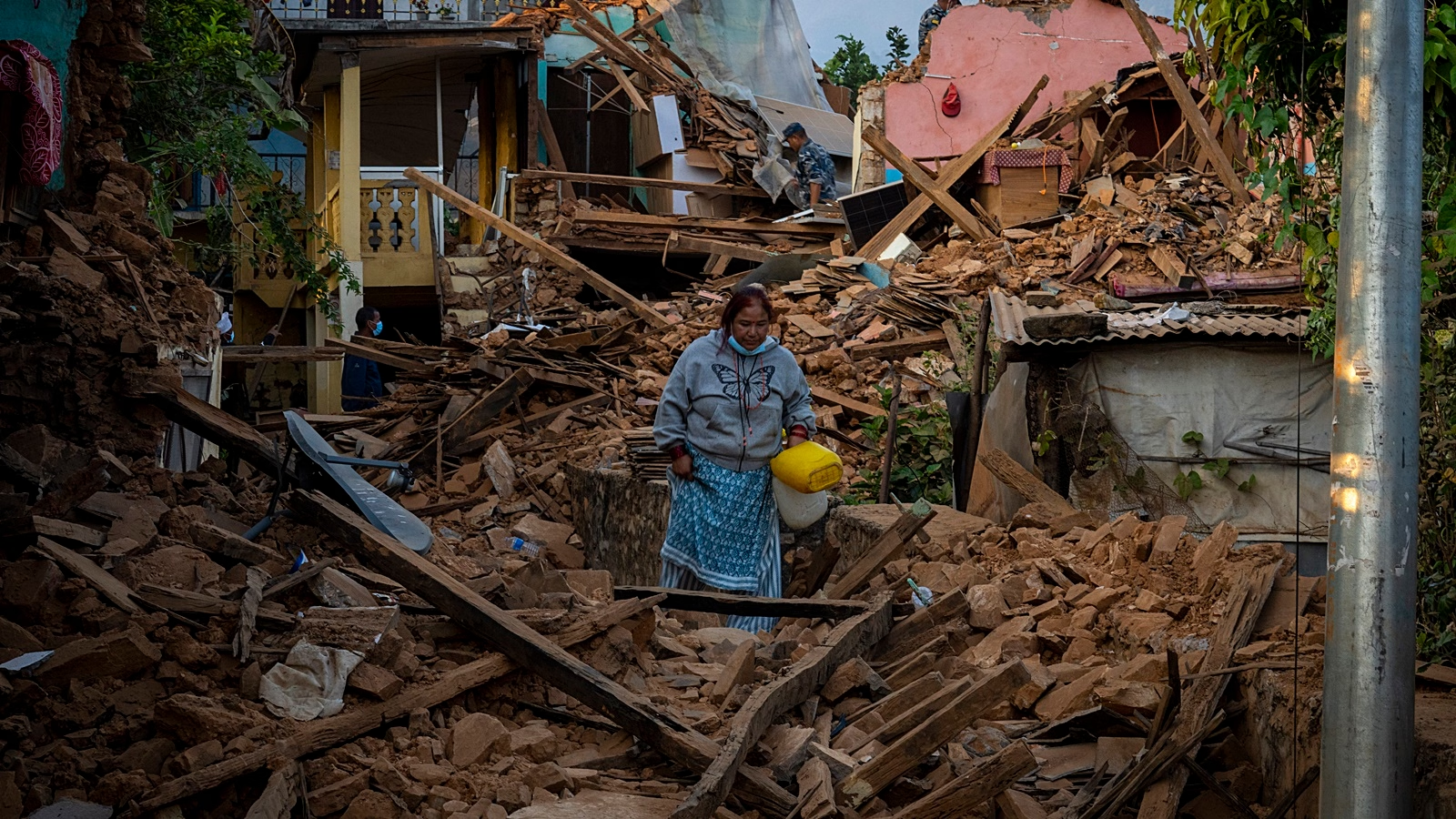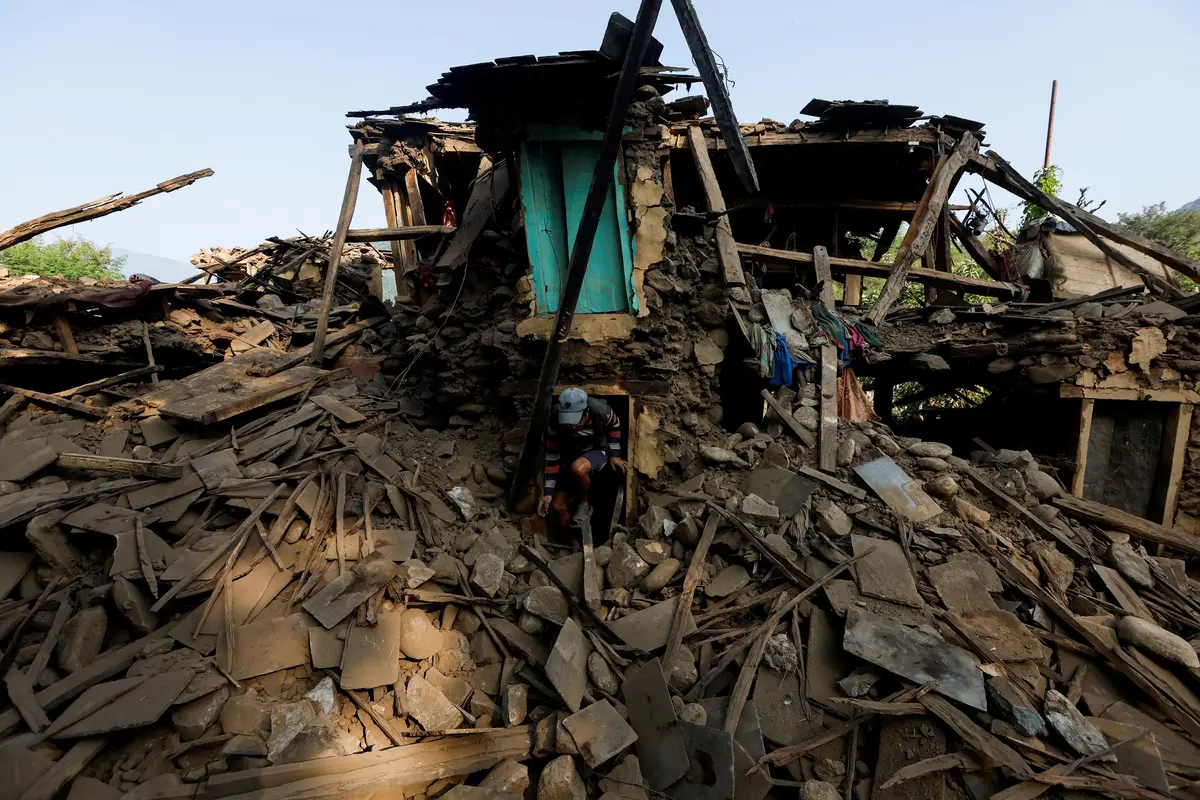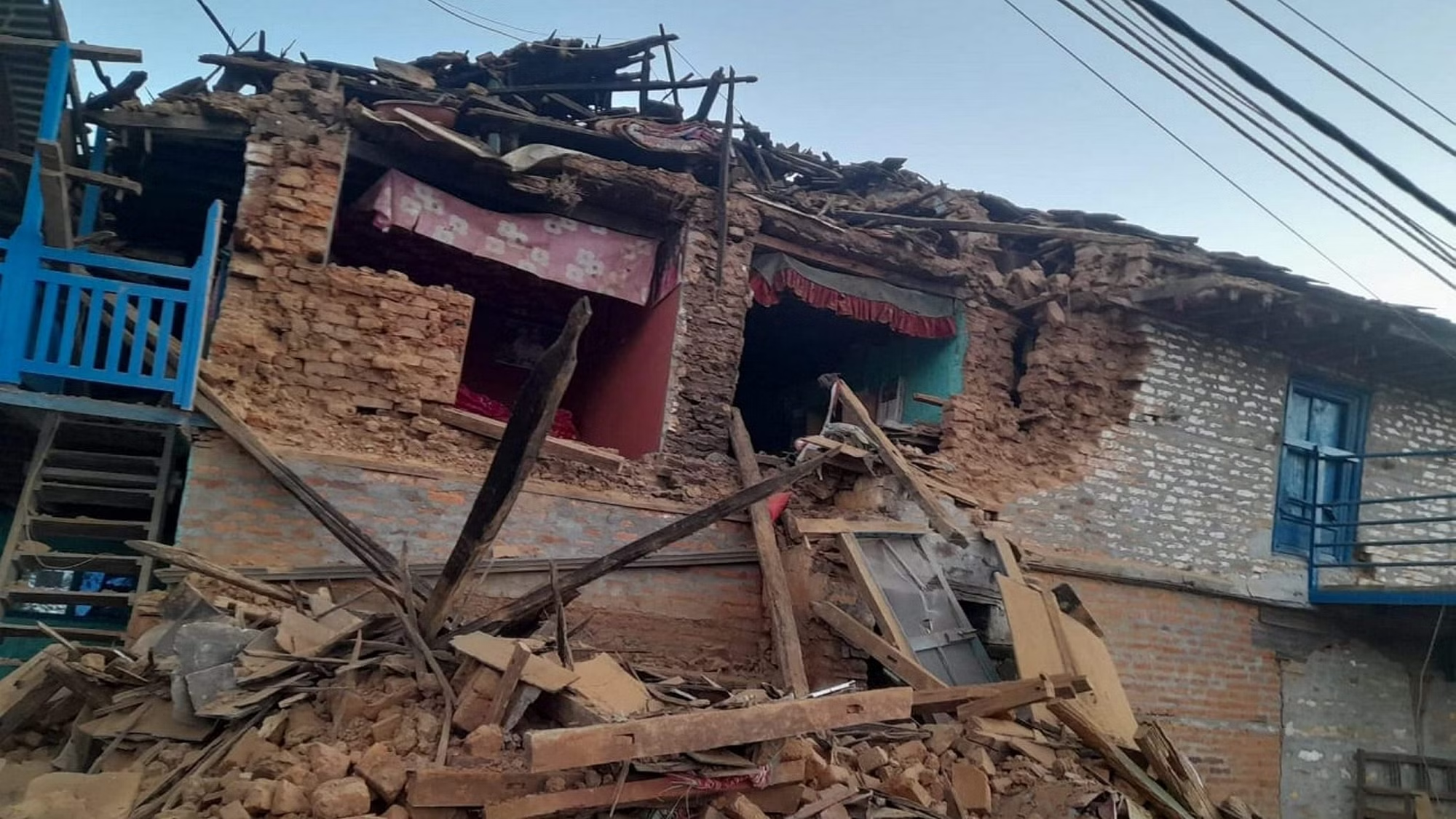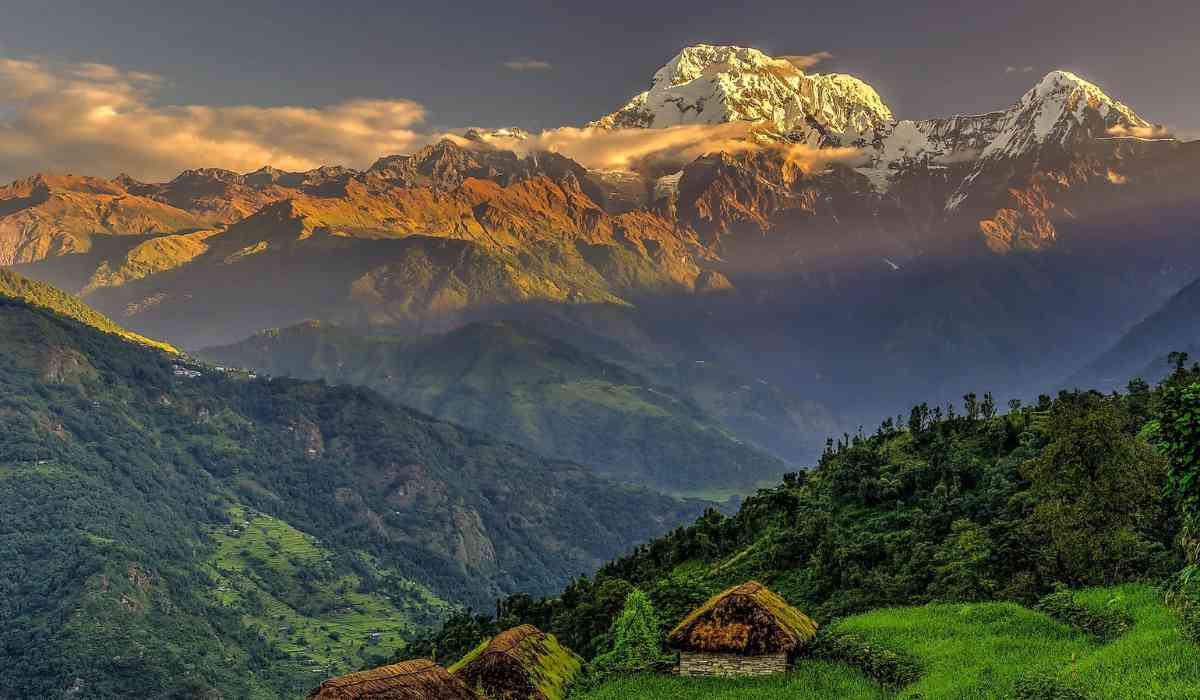In a region renowned for its majestic beauty and serene landscapes, the ground beneath our feet has once again rumbled, serving as a stark reminder of the seismic peril that looms over the Himalayan region. Just recently, a 5.6-magnitude earthquake sent tremors through northern India, including Delhi-NCR, marking the second such incident in three days and the third in less than a month.

Pic Source: The Indian Express
The situation is alarming, to say the least. A mere few days ago, a 5.8-magnitude earthquake in Nepal claimed the lives of 128 individuals. The recurrence of these events has reignited discussions around the potential catastrophe of a mega Himalayan earthquake.
It's not a matter of if, but when. Scientists have been sounding the alarm for years, warning us that a colossal earthquake, potentially exceeding a magnitude of 8.5, is impending in the Himalayan region. In 2018, Indian seismologists led a study that suggested the central Himalayas, spanning from Uttarakhand to western Nepal, could be struck "anytime in the future." Their research, fueled by geological data, Google Earth imagery, and satellite data from India's space agency, Isro, draws chilling comparisons to past catastrophic earthquakes.
Pic Source: X
For instance, the devastating 2015 Nepal earthquake, which claimed nearly 9,000 lives, registered at a staggering 8.1 on the Richter scale. Similarly, the 2001 Gujarat earthquake, resulting in over 13,000 fatalities, was a 7.7 magnitude event. These historical precedents remind us of the impending danger we face.
The concern is not baseless. Geological records indicate a catastrophic earthquake, estimated to have ranged between magnitudes 8.5 and 9, took place in the central Himalayas between the 14th and 15th centuries, causing a massive 600-kilometer rift in the land. The troubling fact is that despite periodic low-intensity earthquakes, there has been no significant seismic activity in the central Himalayas for several centuries. This silence serves as a warning sign of the substantial strain accumulating beneath the earth's surface, emphasizing that a major earthquake is long overdue.

Pic Source: X
The recent Nepal earthquake in October caught many seismologists off guard, despite ongoing warnings of pressure building beneath the Himalayas, which sits on the tumultuous boundary of the Eurasian Plate and the Indian Plate. Experts have always emphasized that minor earthquakes should not be dismissed as routine occurrences but viewed as precursors to a looming, catastrophic event.
In 2017, a group of scientists convened in Dehradun for a two-day workshop, highlighting the imminent seismic threat and urging the Uttarakhand government to fortify the state's infrastructure against earthquakes. A study from the University of Colorado Boulder's Department of Geological Sciences in 2016 warned that the 2015 Nepal earthquake had failed to alleviate the pent-up tension in the central Himalayas. This accumulating stress, built up over centuries, is poised to be released through a major earthquake, potentially causing unparalleled devastation and loss of life.

Pic Source: X
While predicting the exact timing of an earthquake remains a formidable challenge, experts diligently monitor tectonic movements and pressure releases from beneath the Earth's surface. The message is clear: we must act swiftly to mitigate the potential catastrophe that threatens our beloved Himalayan region. The ground beneath us is speaking, and it's high time we listened.
© Copyright 2023. All Rights Reserved Powered by Vygr Media.





















